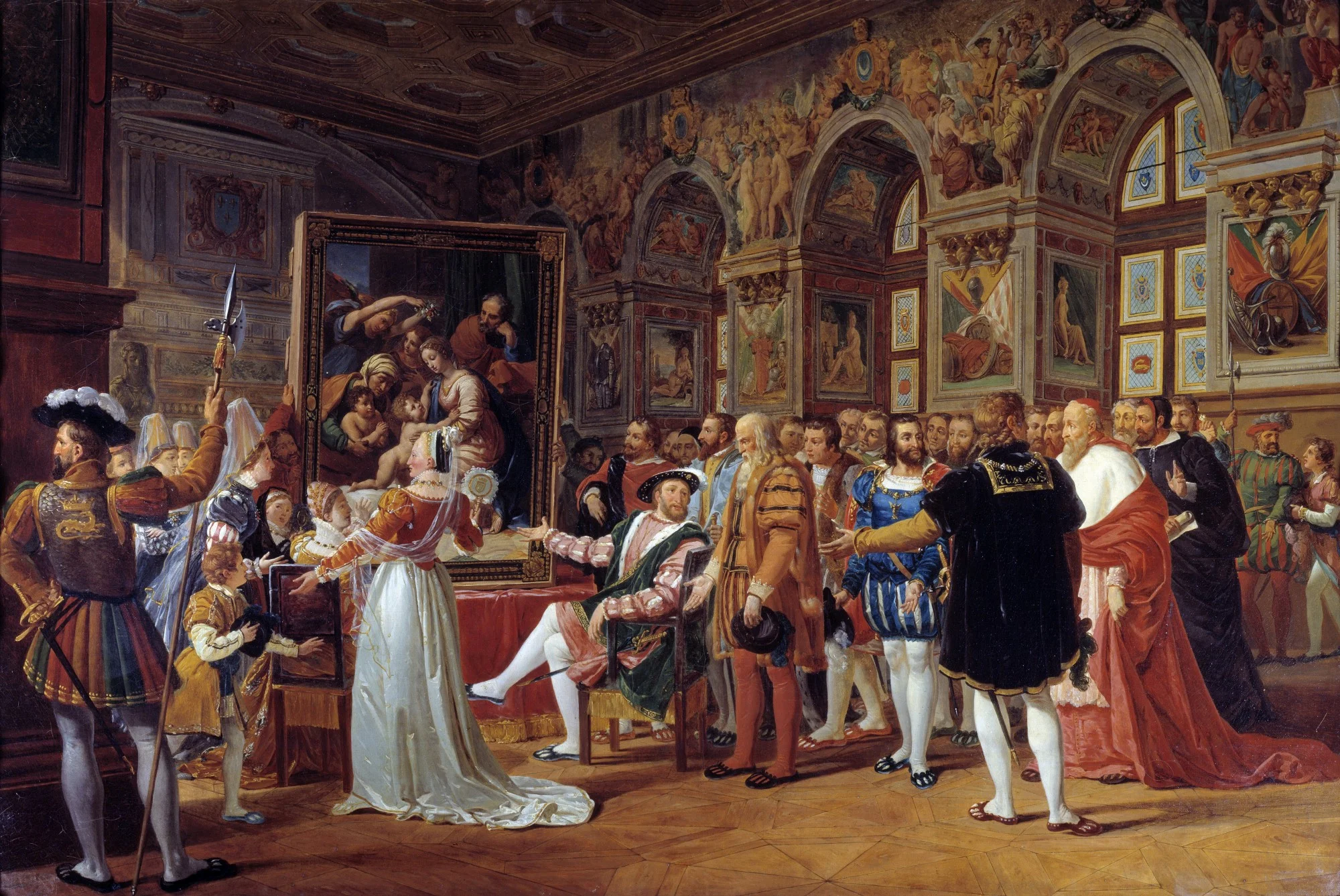While the concept of patronage hasn't changed much, society has.
by Brian McKay
While some may say that technology has hit a plateau in recent years, emerging technology is still…emerging, as startups continue to clamor and compete for venture capital, media exposure, and most importantly, users (and the money that they bring in).
In few places is the need to attract and retain users more vital than in the online video sharing platform space.
Coming on the heels of YouTube’s recent (and wildly unpopular) demonetization policy announcement as well as Unilever’s public shaming of the video sharing giant, several new startups are quickly capitalizing on this collective discontent and wooing small and mid-level creators away from the online video giant through the idea of patronage, an obscure esoteric ideology dating back to the Renaissance, yet an ideology modern enough that many investors are banking on it.
But can patronage, the anti-corporate, power-to-the-people ideology survive the selfie culture that YouTube has managed to capture and effortlessly hold onto for over a decade?
The Oldest Donation Platform, the Newest Technology
The ideology behind the patronage model (which has been around since renaissance times) is simple: artists’ work should be rewarded without interference from The Man (or the corporate interests that YouTube seems to have put above creators), thus building a dynamic of self-congruity between creator and patron.
Patreon is the first major (and most notable) brand to boast the principle of restoring power to content creators without interference from corporate interests or sponsorships. Building on the same philosophy of a patronage business model, Viewly is another emerging online video platform that like YouTube, will allow creators to upload content, but since there are no advertisements, fans will be able to support their favorite creators directly through a streamlined token payment system powered by a peer-to-peer decentralized content delivery network, built on blockchain technology and smart contracts between creators and fans.
Under the patronage model, suppose that I, as a fan, had $100 of expendable income to donate to emerging artists within my social circle or those artists that I discovered online. I give $20 to my cousin, who is an aspiring rapper, $20 to my sister who is an aspiring comedian, $20 to my friend who is a photographer, and $40 to other content creators whose work I admire. The creators see almost all of that money, thus theoretically advancing culture and the arts.
“Theoretically” being the operative word.
Patronage Challenges in the Age of Narcissism
But in a world where almost everyone is an artist in their own mind with their own YouTube channel and mixtape, will the sheer number of content creators outnumber the potential contributors?
Back to my example. Fast-forward a year and these startups that were once relegated to a small number of creators have now become the next YouTube and Spotify. Suddenly I have ten friends who are rappers, twenty who are comedians, and everyone with an iPhone thinks that they are a photographer. Yet I still only have $100 to donate.
Also, unlike in renaissance times where only a few were regarded as artists or creators, the narcissistic culture of the 21st century has given rise to a generation of self-proclaimed musicians, artists, models, and pseudo-celebrities whose entire presence on social media revolves around promoting themselves- regardless of how talented they are.
One need look no further than the rampant selfie phenomenon as an example of the culture of narcissism. Fenella Souter of the Sydney Morning Herald argues that “we just can't get enough of ourselves. It's hard to come by accurate figures but in 2016, Google calculated that more than 24 billion selfies were posted in 2015 on its Google Photos app alone. In 2014, the company claimed that Android devices were capturing 93 million selfies every day. One estimate claims that 74 per cent of all images on Snapchat are selfies and that 1000 selfies are uploaded to Instagram every 10 seconds.”
Christopher Lasch, author of “The Culture of Narcissism,” points out that narcissists tend to rely on other people as instruments of gratification while simultaneously craving their love and approval.” In a culture where one’s worth is all too often measured in friend count and photo likes, this leaves few people to do the liking- and ultimately, the supporting.
Based on this analysis, it’s a valid concern to wonder if the sheer number of self-proclaimed online creators will over-saturate the market, effectively testing the limits (and patience) of potential patrons.
Making Patrons Hot Again
As the dynamic currently stands, while YouTube offers little incentives to emerging creators, they offer even less to their fans. While Patronage allows for creator-based endorsements, Viewly is trying an innovative approach and taking it a step further by trying to court patrons as well as creators by appealing to their sense of self-importance by incentivizing them to act almost as talent scouts or promoters. According to Stefan Furlan, Viewly CEO, his platform lets fans earn VIEW tokens (Viewly’s proprietary currency) by participating not just in community contests, but bounty opportunities as well- such as finding the next viral star and introducing them to the community - an enticement not offered on any other platform. After all, the Medici families who backed artistic visionaries such as Michelangelo, Da Vinci and Raphael probably had a dash of narcissistic tendencies based on the amount of portraits they had commissioned of themselves (commissioned portraits were the selfie of the Renaissance era).
This dynamic of emphasizing the importance of (and rewarding) patrons may just be the twist that the patronage platform needs capitalize on all aspects of the selfie culture, maybe unseat the YouTube giant, and succeed in a world where everyone wants to be a star.
Or at least get paid like they are.


